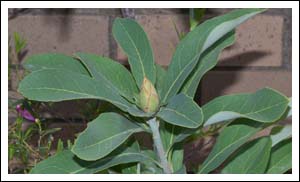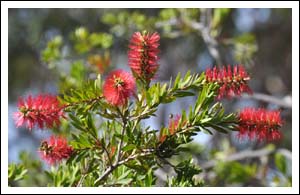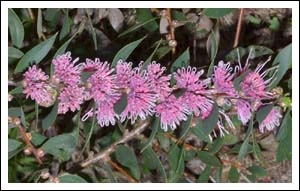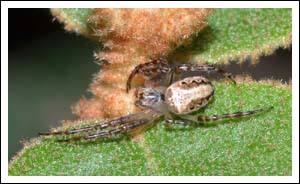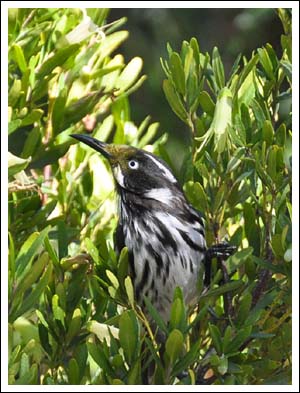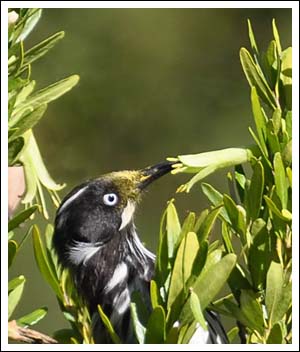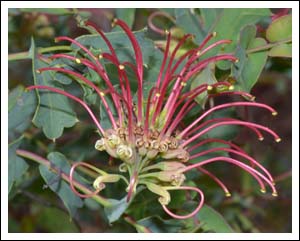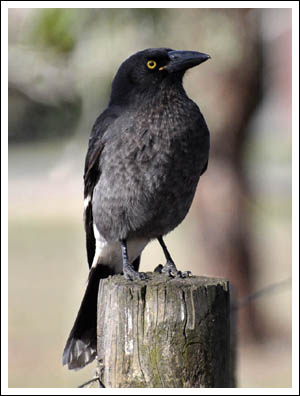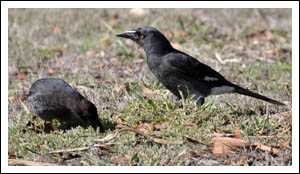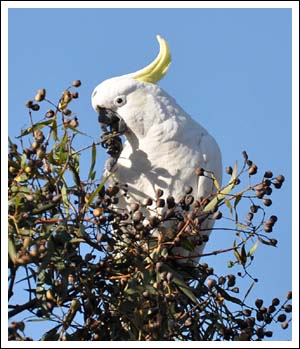A time of growth and renewal for flora and fauna alike, after the activity of spring and summer. The summer flowering plants are putting on new foliage growth, and in the case of grevilleas, ready for the larvae of Oenochroma vinaria to take advantage, prior to pupating and emerging as the next generation of adult moths.
Also looking to next season is the Sydney Waratah, with flower buds developing.
After pruning the spent flowers from the callistemons they reward us with an autumn flowering, by no means as prolific as the spring display but welcome nonetheless, a sentiment shared by the returning post-breeding honeyeaters eager for nectar.
Bill Cane’s White.
Autumn is flowering season for many native plants, for example the hybrid Hakea Burrendong Beauty, rich in nectar and abuzz with bees.
Correas too, this Correa reflexa form from the Mottle Range is growing luxuriantly and displaying bunched flowers.
And although the garden spider population has waned significantly, the correa is home to the tiny Plebs eburnus, the Eastern Grass Orb Weaver.
Flowering heavily is a venerable Correa glabra, now three metres across, and at the moment very popular with the New Holland Honeyeaters. The whole shrub can be trembling with many birds feeding and pollinating the flowers.
Also flowering and popular with the nectar seekers is the rare and exquisite Grevillea maccutcheonii, only a handful remain in the wild. This one is doing well in heavy soil.
Two bird calls that fill the air in autumn are the Grey Butcherbird, and the Pied Currawong with its “hark hark the lark”. To my mind, the sound of a flock conversing is autumn personified. A trace of yellow gape shows this bird is experiencing its first autumn.
These were feeding on the fruit of the introduced knotweed, Polygonum aviculare, a hard nut with a minimal covering of pink flesh.
The garden angophoras are heavy in seed, a pair of Sulphur-crested Cockatoos has been semi resident and appreciative of the food source.
A Grey Shrike-thrush returned from the bush is piping constantly but is yet to be photographed. A female Scarlet Robin, two weeks later than last autumn has also been too elusive, so a snap from a previous year will suffice for now. Chances are it is the same bird, native birds can be very faithful to their wintering range.
And in the hours of darkness the autumn flying moths are active. Spilosoma glatignyi flies for much of the year, but March and April are by far the main months.
Black and White Tiger Moth.
Click to enlarge.


